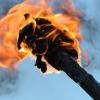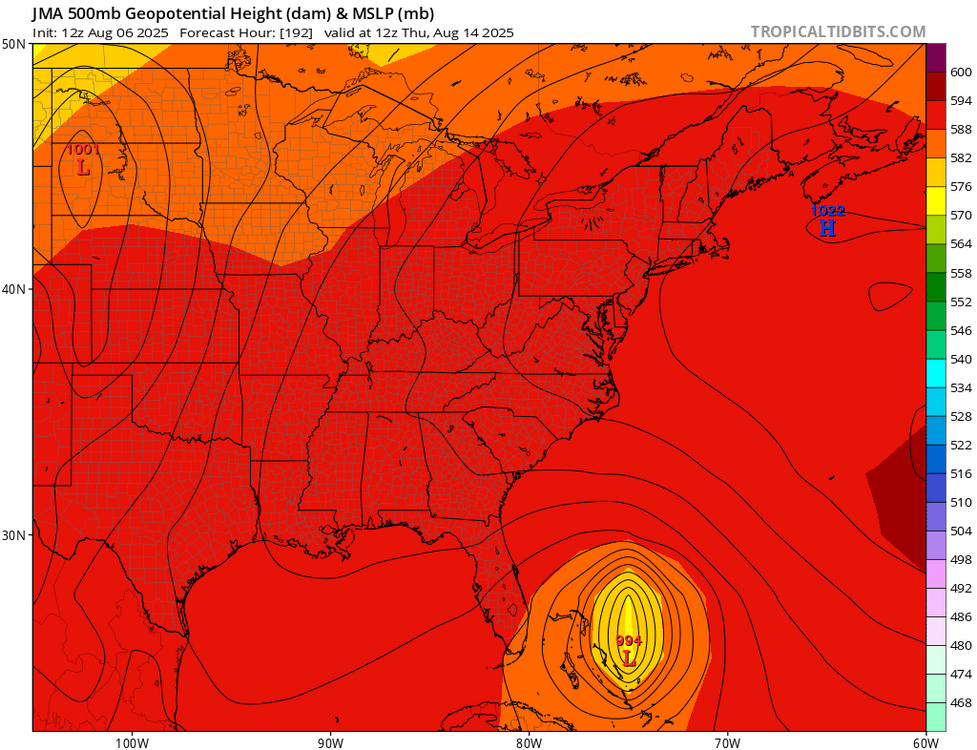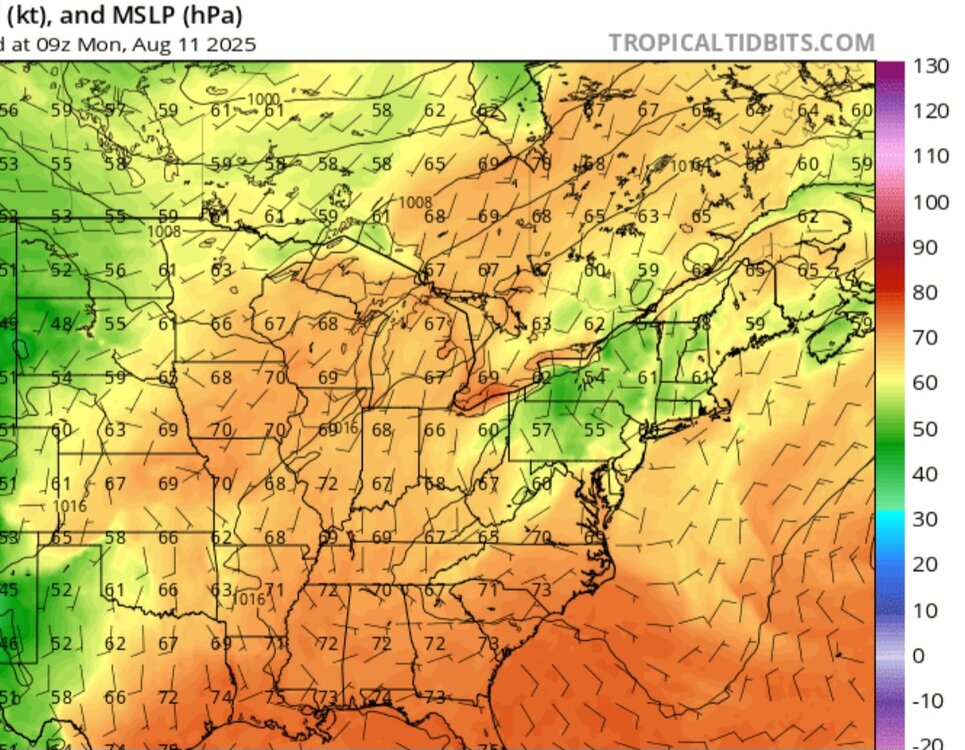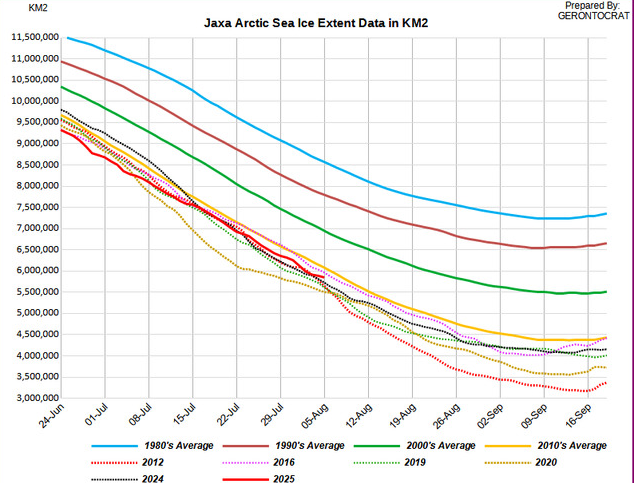All Activity
- Past hour
-
The UN created the Conference of Parties. However, each nation is allowed to include anyone it finds suitable in its delegation. That's where the problem arises. Nations include major polluters (likely because they seek to perpetuate the status quo), even as the polluters are the cause of the problem, have conflicts of interest, and have history of resisting change.
-
It's hr 354. How is that a colossal failure at that range? Too many Wxidiots on twitter.
-
Negative Greenhouse Effect on the Antarctic Plateau
blizzard1024 replied to blizzard1024's topic in Climate Change
Agree. This to me means water vapor in the main driver of these changes. Not CO2. And the glacial topography during the last Glacial Maximum was massive and larger than Antarctica so one could easily surmise a similar temperature profile with ice highly reflective and a sharp low level temperature inversion. The ice sheets were 1-2 miles high similar to Antarctica. So once water vapor increases from warming oceans it then drove the greenhouse effect to positive which then kicked off a chain of positive feedbacks to wipe the ice out quickly in geologic times. Once a glacier melts, its gets dirty and dusty decreasing albedo, plus it melts to a lower elevation which is warmer. So, its water vapor that responds to the changes from the orbital parameters. CO2 is leading to a negative temperature tendency in a lot of the NH when the ice sheets are large and just begin to melt. So increasing CO2 probably doesn't do much since it is a weak GHG relative to H20. Here's another point: nobody has studied this. This NEEDs to be studied. -
Thanks for the advice everyone. We'll definitely check out some of these. Probably not the boats though, can say I've spent less than 2 hours on a boat in my life. And no time at the helm.
-
NW MA hilltowns getting crushed today
-
Now that the GFS has finally caved, the JMA is now about the lone holdout of the major globals and is consistent with the last two days of its 12Z (extended) runs. The 12Z has it near 26N, 75W, or ~100 miles NE of the central Bahamas as a 994 mb high end TS . It is just then moving WNW to NW and starting a recurve. Regardless, it doesn’t appear to be a safe recurve for the US E coast. With the JMA now being the lone main operational global outlier and with very few members like this from the major ensemble runs, this is very likely wrong. I remember times when it was a far left outlier and ended up dead wrong.
-
Rain is insane out here today. In Cary today and roads are flooded...over 6 inches and still pouring! Started pouring before 7 am and has not stopped once!
-
-
Negative Greenhouse Effect on the Antarctic Plateau
TheClimateChanger replied to blizzard1024's topic in Climate Change
It looks like your analysis suffers from some unfounded assumptions. I don't see any evidence that "the land masses in the NH ... likely had a negative greenhouse effect" during the LGM. Looks like this phenomenon is quite rare - limited to the Antarctic Plateau - and seasonal (no negative GHE in austral summer). Much of Antarctica does not have a Negative GHE, as per Figure 1 in the paper cited. And that appears to be the case for Greenland as well. They do surmise that perhaps such conditions occurred in past ice ages, but only specifically identify Greenland as a possibility. I think it's unlikely the continental ice sheets (e.g., Laurentide) would have been sufficiently devoid of water vapor and subject to the same intensity of inversion as the Antarctica Plateau. But even if they did, I don't see how this calls into question the role of CO2? CO2 would only be a negative feedback if a true negative GHE existed; even with a weaker positive GHE, it would still be a positive feedback. Moreover, it would be a positive feedback everywhere not covered by ice even assuming a negative effect over ice. As you, yourself, have previously pointed out, warming in one location does not exist in a vacuum. Ocean and atmospheric currents would eventually move warmer air across the globe. Over time, warming of the unglaciated regions would increase water vapor and erode the surface temperature inversions over the glaciated regions, shifting any negative GHE to a positive one. The cited paper suggests the same could occur over Antarctica: -
Colder would be way worse. Warming mankind has flourished. Cool periods not so much.
-
See ACATT sweatin'... See ACATT cryin'....feeling hot hot hot!!
-
I know that says August 5th above, but it seems like the chart is from late July? Bluewave posted this one in the ice thread. Looks like it slowed down a bit from 2012?
- Today
-

WELCOME ABOARD INVEST 96L (30/60)
BarryStantonGBP replied to BarryStantonGBP's topic in Tropical Headquarters
Invest 96LAs of 18:00 UTC Aug 06, 2025: Location: 11.7°N 33.1°WMaximum Winds: 30 kt Gusts: N/AMinimum Central Pressure: 1011 mbEnvironmental Pressure: N/ARadius of Circulation: N/ARadius of Maximum wind: 80 nm -
Take me down to the Paradise City where the grass is green and the dews are drippy.. oh won’t you please take me home .
-
There was also the Great Smog of London in December 1952. Lasted 5 days until the winds changed directions. Estimated over 12k were killed, tens of thousands more sickened. This led to environmental legislation since 1952, such as the City of London (Various Powers) Act 1954 and the Clean Air Acts of 1956, 1968.

















